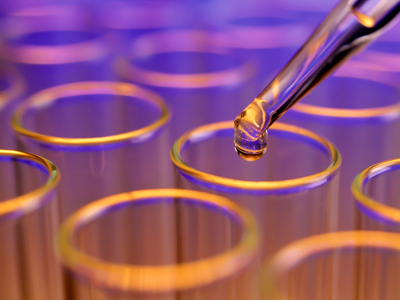
Analysing Substances - Qualitative
This Chemistry quiz is called 'Analysing Substances - Qualitative' and it has been written by teachers to help you if you are studying the subject at high school. Playing educational quizzes is a user-friendly way to learn if you are in the 9th or 10th grade - aged 14 to 16.
It costs only $12.50 per month to play this quiz and over 3,500 others that help you with your school work. You can subscribe on the page at Join Us
In high school Chemistry students will look at the various methods and techniques used when analyzing substances. In this quiz, we look at qualitative analysis. This helps us to identify what is present, but does not tell us how much of it there is.
Ready for more?
not all...
quizzers. Try to win a coveted spot on our Hall of Fame Page.








Both magnesium and calcium ions are insoluble in excess sodium hydroxide solution